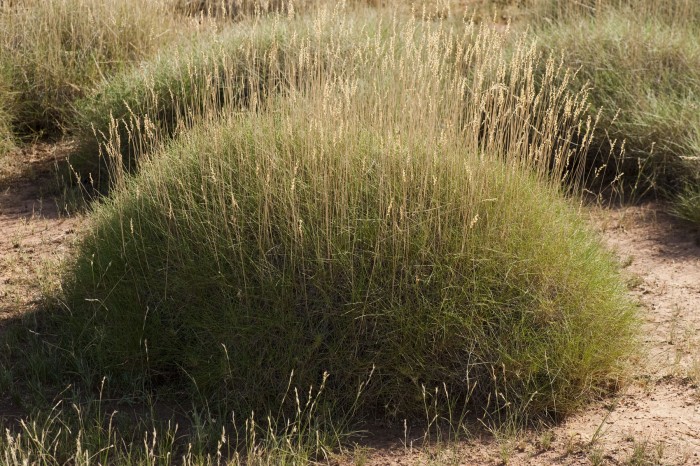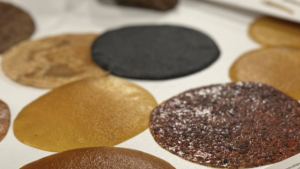
Using plant fibres extracted from the spinifex plant indigenous to Australia, researchers at the University of Queensland have developed condoms that are stronger and thinner than conventional latex condoms but just as effective in the prevention of STIs and unplanned pregnancy.
The innovation marks a significant victory in the public health sector because a common excuse for inconsistent condom use among sexually active people is that condoms reduce sensation.
“Rather than looking at increasing the strength, companies would be looking to market the thinnest, most satisfying prophylactic possible,” said professor Darren Martin, the lead researcher on the team. “Late last year we were able to get [the width of the condom] down to about 45 microns, that’s the width of the hair on your head.”
In conventional "burst tests," the ultra-thin grass condoms were able to handle 20 per cent more pressure and hold 40 per cent more volume than regular latex condoms.
Using sodium hydroxide, the team was able to extract nanocellulose fibres from the spinifex grass. The fibres were combined with latex – the type of rubber that traditional condoms are made of. The combination of substances improved the performance of latex, adding strength and durability to the substance in the same way that steel rods reinforce concrete.






